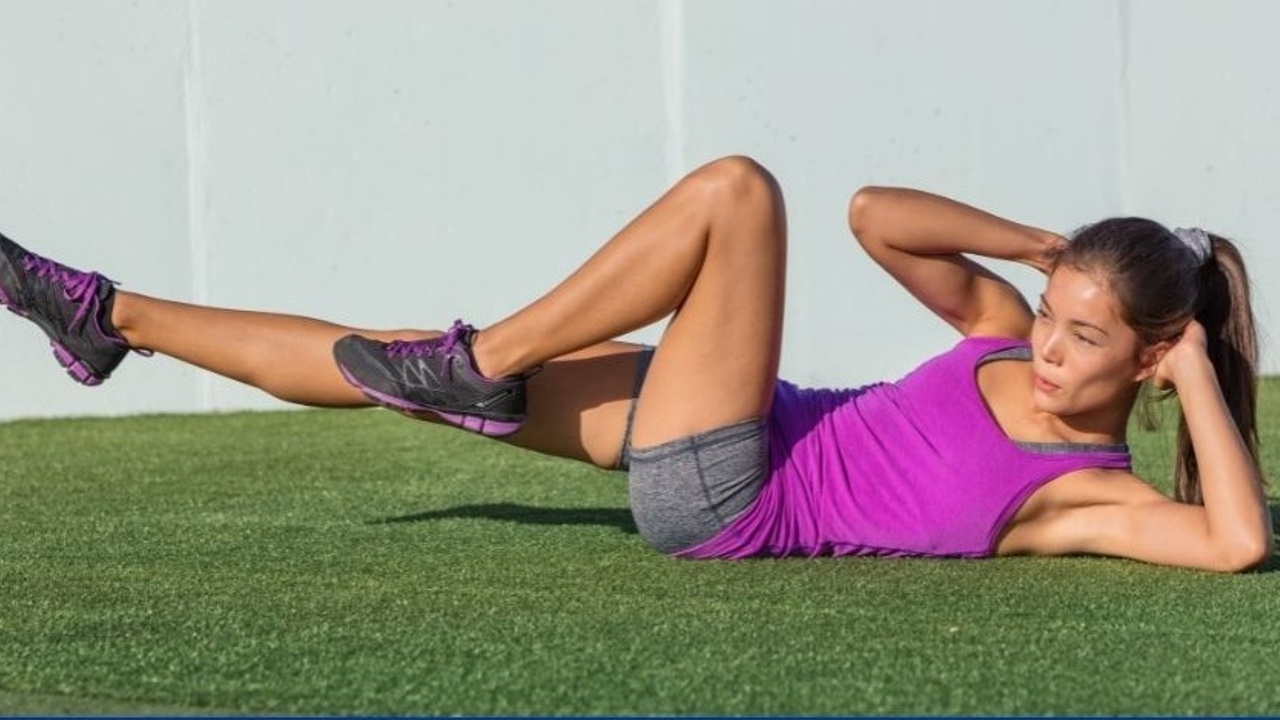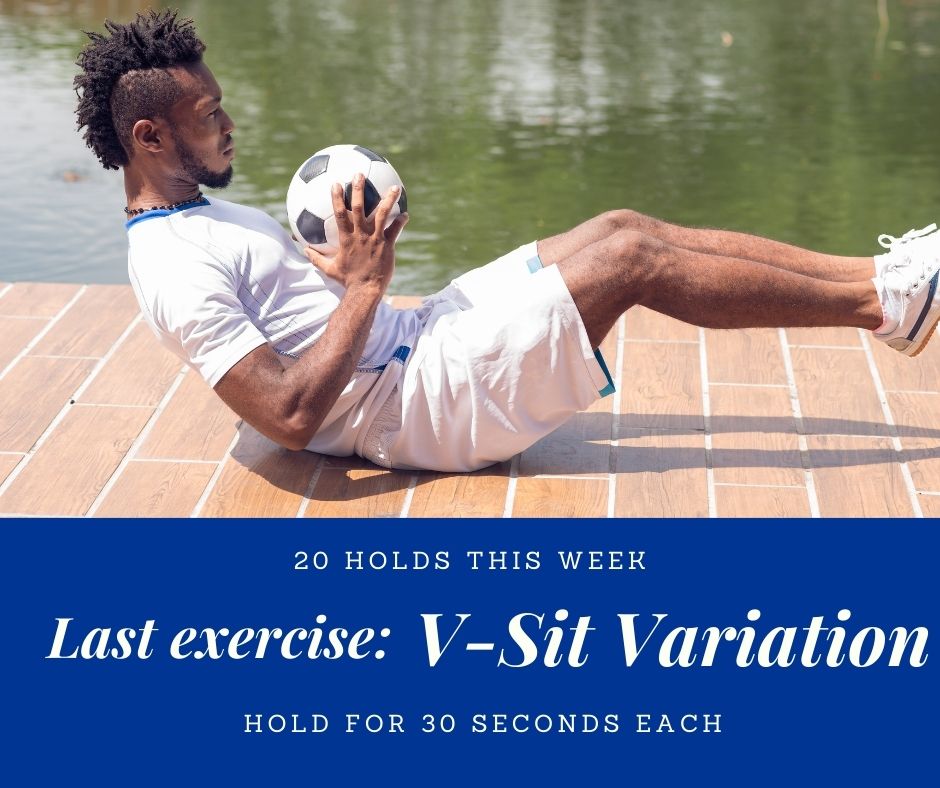4 WAYS TO POWER UP YOUR CORE Why it's important for massage therapists to have a strong core

How important is core strength for massage therapists?
Can it make a good massage therapist better?
Core strength has nothing to do with your skill as a massage therapist right?
BUT a stronger core will allow you to share your talents with more clients and save your back from painful workdays.
Why core strength is important
A strong core will:
1. Build your endurance so you can complete more massages in a day
2. Improve your body mechanics and stability for those deep tissue, sports massage sessions, and hard to work on clients
3. Prevent suffering from back pain while working and after long days on your feet
Exercise 1: Crunch

This exercise is a good starting block to build your ab strength with, the basic crunch.
The important thing is to use good form and do them correctly.
- Lie flat on your back with your feet flat on the ground, with your knees bent at 90 degrees. Alternatively, you can place your feet up on a bench a few inches apart with your toes turned inwards and touching.
- Place your hands lightly on either side of your head.
Keep your elbows in so that they are parallel to your body. - Push your back down flat into the floor to isolate your abdominal muscles.
Gently curl your shoulders forward and up off the floor.
Continue to push down into the floor with your lower back. - Raise your shoulders about four to six inches only.
Hold and squeeze your abdominal muscles for a count of one. - Return to the start position in a smooth movement.
Muscle Soreness
The sore muscle feeling you get after exercise means you pushed your body to become better.
Our bodies are made to move. It's amazing when you think about it. Our body adapts to whatever we ask of it.
Do you want to run a marathon? Your body will adapt and do it.
Do you want to do a pull-up? Your body will adapt with training and be able to do it.
Do you want a stronger core to give more massages and eliminate back pain? Your body will adapt as you do 100 core exercises and give you a stronger core!
Feeling sore the next day? That's good! It means you're building strength and your body is adapting.
Exercise 2: Bicycle

1. Lie flat on an exercise mat on the floor keeping your lower back straight with no arching of your spine and with your knees bent and feet flat on the floor.
2. Place your hands lightly on the sides of your head.
3. Curl your torso upwards so your shoulders are slightly raised off the floor.
4. Raise your knees until your thighs are at a right angle to the floor and your calves are parallel to the floor. This is the start position.
5. Slowly move your legs in a pedaling action as if you are riding a bicycle.
6. As you do so, exhale and bring your opposing elbow close to each knee by crunching to one side. Left elbow to the right knee. Right elbow to left knee.
7. After each crunch, return to the start position inhaling as you do so.
8. Without pausing, repeat the movement to the other side.
9. Repeat without pausing for the desired number of repetitions to each side.
The role of abdominal muscles during massage work
As a massage therapist, it is well known our body mechanics can make or break us. Did you know your abdominal muscles are the center of all the movements you make at the massage table? Your body mechanics can improve just by using your core more efficiently.
The good thing about adding ab workouts to your exercise routine is it brings awareness to the area as it strengthens it. Part of building muscles is getting sore and that alone makes you intricately aware of specific muscles in your core as you move about your daily life.
Effleurage at the massage table takes an engaged core for balance and connection. You may not be aware that your core is helping you but it is. Then when strokes require more pressure like deep tissue or lifting a client's limb, your core really needs to engage to protect your back and maintain balance.
Body mechanics should be centered, grounded movements that fluidly come from your center of gravity. A strong core helps to tie all these movements together.
Exercise 3: Plank Knee Ups

This exercise is a plank with alternating knees to chest.
Begin in a plank position and raise the left knee towards your left armpit, down, and then the right knee to the right armpit, down. That's one repetition.
Isometric contraction
Isometric contraction. Does that sound familiar from anatomy? Maybe not, it's more of a kinesiology thing but we do isometric contractions at the massage table.
Our abs contract when we lunge, weight shift, and effleurage down a client's back. Our tricep contracts isometrically when we use heal of hand for a deep tissue stroke or myofascial release.
An isometric contraction is when the muscle is activated, and instead of being allowed to lengthen or shorten, it's held at a consistent length. No movement occurs within that muscle.
The next exercise is an example of an isometric contraction. Try it, it's harder than it looks.
Exercise 4: V-Sit variation

The typical V sit puts your body in a V shape but this variation is better when beginning or after other abdominal exercises when your abs are already tired.
Strong core muscles will help with massage and prevent back pain. Add these exercises and visit The Fit MT Blog for other articles about strength and body mechanics.
Until next time,
Be fit, be strong, and work on those abs

Want to know the latest happenings around The Fit Massage Therapist?
Come hang with us, where we are happy and massaging pain-free.
Don't worry, your information will not be shared.




